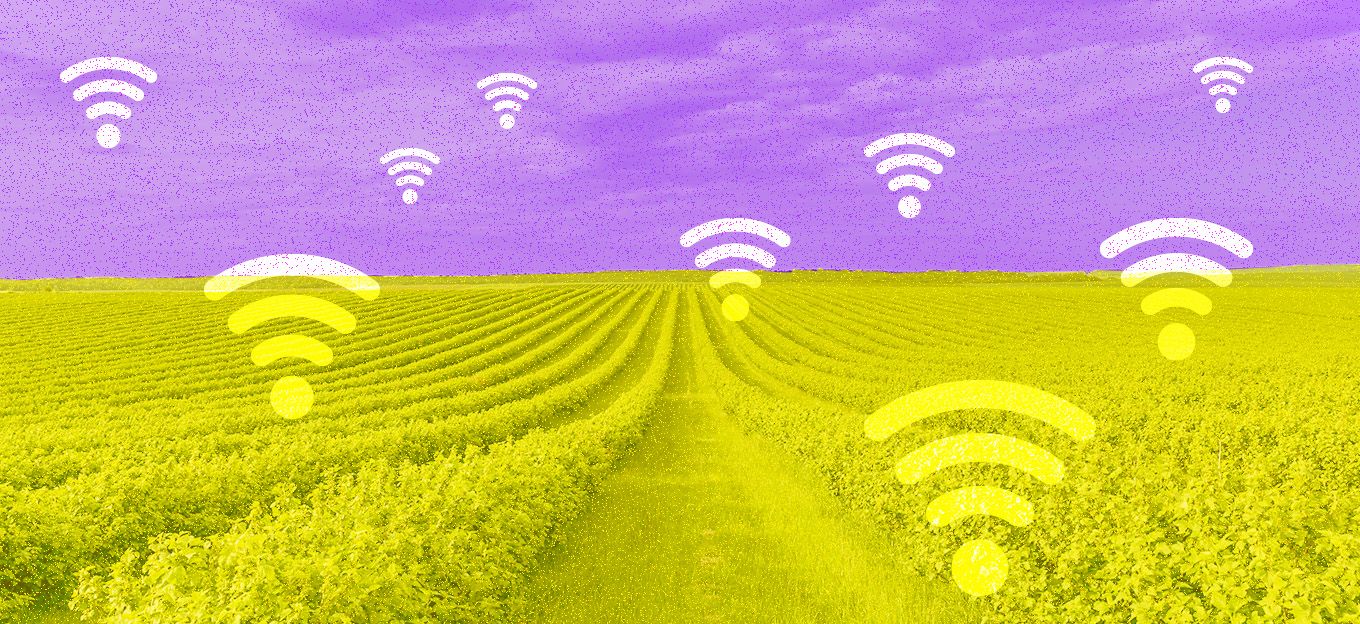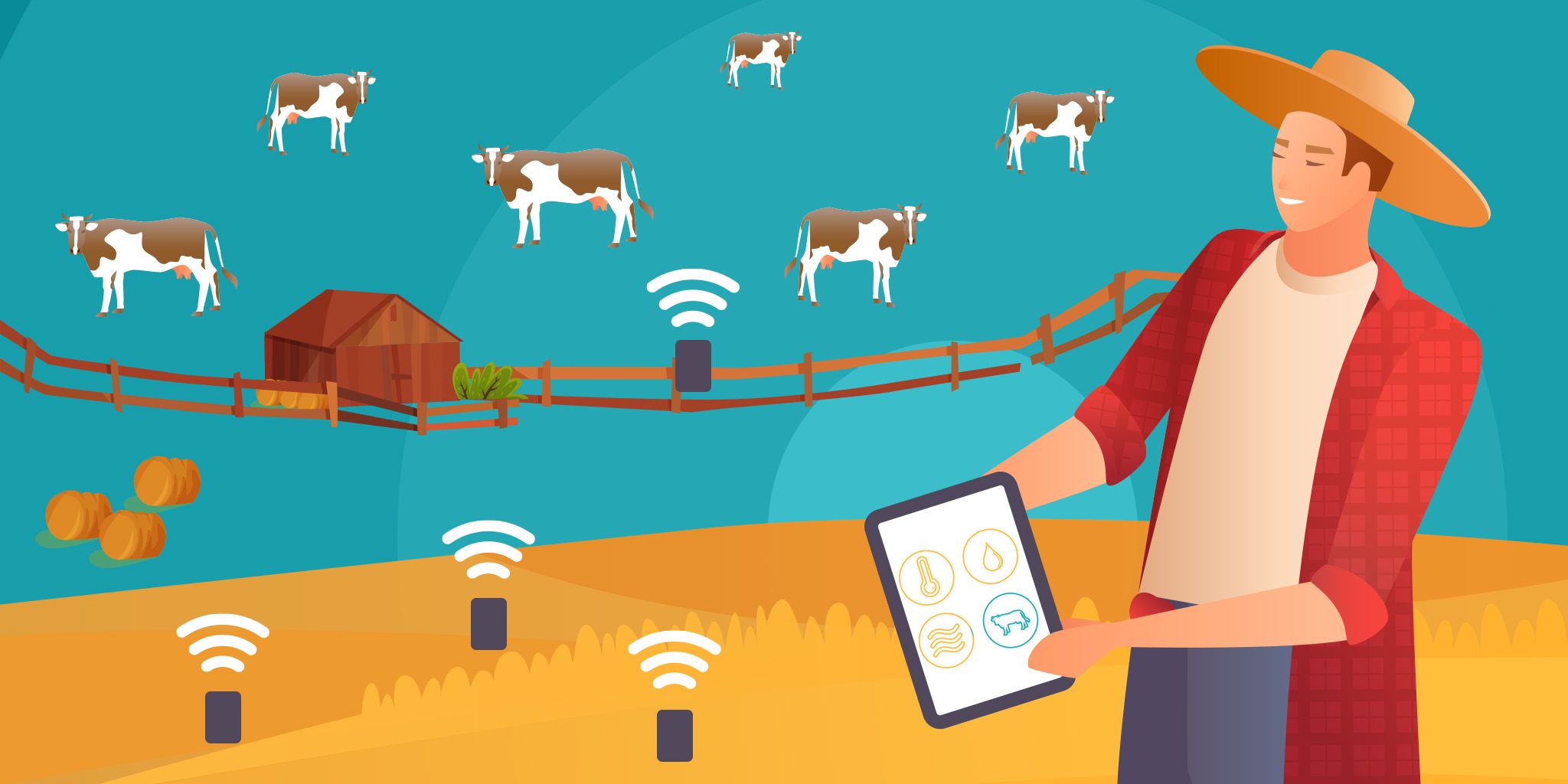Why Data and Analytics Are Critical on the Farm
Why Data and Analytics Are Critical on the Farm
- Last Updated: December 2, 2024
Guest Writer
- Last Updated: December 2, 2024



From the introduction of the steel plow in 1837 to the adoption of advanced technologies like GPS, IoT, and AI, farmers have always looked at how technology and innovation can enhance the work they’re doing. This is incredibly important as they are tasked with an enormous job: to create the food, fuel, and fiber for 7.7 billion people worldwide.
Adopting new technologies is imperative for enabling interoperability between agriculture solutions to process data.
With researchers projecting that our population will grow to nearly 10 billion by 2050, the ability to increase crop yields while lowering traditional inputs' levels is more important than ever. In a typical year, farmers experience many challenges out of their control, such as unpredictable weather, varying soil types, and fluctuating markets. To better manage such variables, farmers rely on data to make timely, informed, and precise decisions.
The Value of Data in Agriculture Today
Nearly every farmer in the world relies on a mix of historical and real-time data to make informed decisions in their fields. A 2020 study by Purdue University of 800 farmers highlights that only a small minority of 7% do not collect any data related to their yield, soil sampling, or satellite imagery. Data collected through AI, IoT, and advanced robotics is vital for farmers to know what’s happening with each seed, each plant, and each machine.
Through various data points captured on the field and in their equipment, farmers continuously explore data for all variable conditions on the farm to ensure operations run seamlessly at a speed and scale unattainable through manual labor. Every year machines are deployed throughout each step of the farming cycle, and as they perform their jobs, they’re gathering a vast amount of information–from planting conditions all the way to crop success. These insights are gathered year-over-year, and that historical data is working in tandem with real-time data to help a farmer make the most informed decision possible. This is incredibly important as agriculture is one of the most unpredictable industries.
Adopting new technologies is also imperative for enabling interoperability between different software and hardware agriculture solutions to process large volumes of data while making businesses more efficient, sustainable, and profitable.
Capturing Data at Every Stage
Data collection on a farm is more complicated than data collection in a strictly office-based business because key data on a farm can come from places humans aren’t physically able to go to or conditions where a human can’t see. That’s why data and analytics capabilities on a farm have had to become so advanced. For example, a farmer must do multiple jobs simultaneously, so through connected machines and screens that provide real-time data, they can get insight into the most critical functions at all times. Additionally, AI helps farmers “see” beyond human capacity, monitor what’s happening in real-time, and gather data that is used to create insights at any point throughout the growing season.
Farmers leverage data to make smart decisions throughout the life of a single crop. Farmers know exactly where each seed goes into the ground, and overall conditions during planting as data-driven planters can vary the rate at which they plant seeds to eliminate overuse – from the target rate and depth of the seed to how hard it to push the seed into the soil. These machines are also able to self-steer themselves, precisely place seeds and develop accurate geospatial data insights. In the next stage, advanced spraying technology treats each plant individually, applying the exact amount of nutrients needed to protect the plant and surrounding plants and soil.
Farmers are then able to monitor the growth of their planted seeds remotely continuously. Once crops are ready to be harvested, the powerful combination of data and technology enables the equipment to precisely separate grains from the rest of the plant without damage to the kernel. With more and more data being collected for each seed in each stage, farmers leverage AI to combine more data points and better understand the impact of each independent decision taken on or off the field.
Additionally, predictive and preventative maintenance is made possible by collecting and monitoring machine data from any farmer opting into that. This, in turn, enables dealers to detect any issues proactively and from faraway locations, providing support in many cases before a farmer even knows there’s a problem. Many updates and fixes can be done over the air, and with these proactive alerts, downtime can be kept to a minimum.
Access to real-time and historical data and advanced automation transform the smart farming industry as more farmers embrace technology like AI and machine learning to aggregate trends, boost innovation, manage risks, save costs, and enhance supply chain management. The availability of smart sensor data enables farmers to make more informed decisions and comprehend in-the-moment conditions that can impact their operations. Sensors also continuously collect more data with time so that farmers can identify recurring patterns, predict future trends, and prioritize necessary changes.
Data’s Role in Farming’s Bright Future
Big data is key to producing quality food sustainably that can feed today’s growing population. The U.S. Department of Agriculture estimated that farms could add $47 to $65 billion annually to the domestic gross economy by implementing “broadband e-connectivity and next-generation precision agriculture technology.” Technology and analytics, combined with a farmer’s experience and determination, have the power to transform a network of fields into an efficient and highly profitable business. Thanks to data and analytics, the future of farming have never looked so bright.
The Most Comprehensive IoT Newsletter for Enterprises
Showcasing the highest-quality content, resources, news, and insights from the world of the Internet of Things. Subscribe to remain informed and up-to-date.
New Podcast Episode

IoT and AI in 2026
Related Articles





